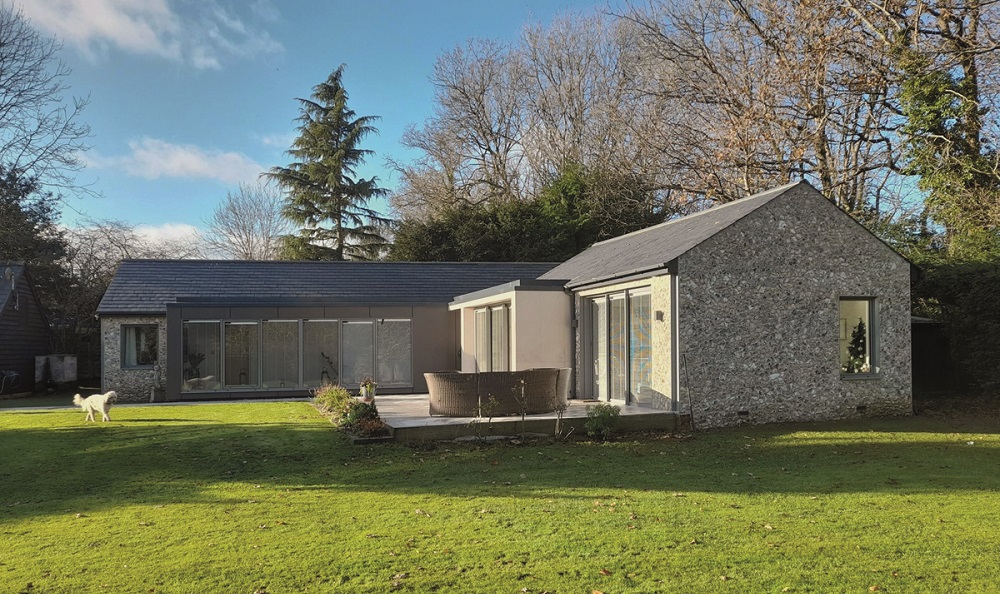
BUILDING GREENER HOMES – TIPS FROM AN ARCHITECT
BUILDING GREENER HOMES – TIPS FROM AN ARCHITECT
Architect Sophie Bates reveals how to make your renovation and extension projects more sustainable
When undertaking a home renovation or extension, our first considerations are naturally all about our needs, the style, and budget. But, increasingly, sustainability is high on the agenda. There are many ways you can make your project kinder on the environment and these measures can also reduce running costs as well as making your home more appealing should you come to sell.
Insulate your home
Installing insulation will help to keep your home warm in the winter and cool in the summer, reducing your energy consumption and carbon emissions. The type of insulation you use and where you insulate will need to be thought through to ensure that good indoor air quality is maintained and the wider impact is carefully considered. For example, when installing new windows and insulation you need to ensure there is sufficient controlled ventilation otherwise air quality will be reduced and there is a risk of condensation, or, worse, mold forming. Often home improvements are done piecemeal rather than all in one go. Consider the wider picture long term and have a whole house retrofit plan to make sure that the works you do now consider future works e.g. if you are replacing windows, ensure the sill is long enough to extend beyond any future wall insulation to avoid altering the windows down the line. If you are looking to replace your flooring, consider insulating under the floor at the same time. There are different types of insulation suitable for different applications. Natural materials such a mineral wool and wood fibre will create better air quality internally as they are more ‘breathable.’ Breathable insulation can stop heat passing through walls while still allowing moisture to escape. It helps you to avoid problems with damp and condensation if installed properly. Natural materials are more environmentally friendly, using less CO2 to manufacture them. Often foam-based products e.g. PIR insulation, are readily available and sometimes cheaper but as they are plastic based they don’t let moisture move through them as easily and a careful ventilation design is needed.
Choose energy-efficient appliances and lighting
Consider using renewable energy sources
Use sustainable building materials
Images: Main image top and 1,2: Sophie Bates Architects / 3,5,6: Sophie Bates Architects photo Karen Barrett / 4: Zoe Defert Architects, Sophie Bates Architects photo Simon Kennedy
Opt for low-VOC (volatile organic compound) paints and finishes
Clever Landscaping
Conserve water
Connect to nature
Sophie Bates is a RIBA registered architect based in Teddington, and covering SW London, Surrey and the surrounding areas. Sign up for her newsletter for more sustainability tips: www.sophiebates.com






